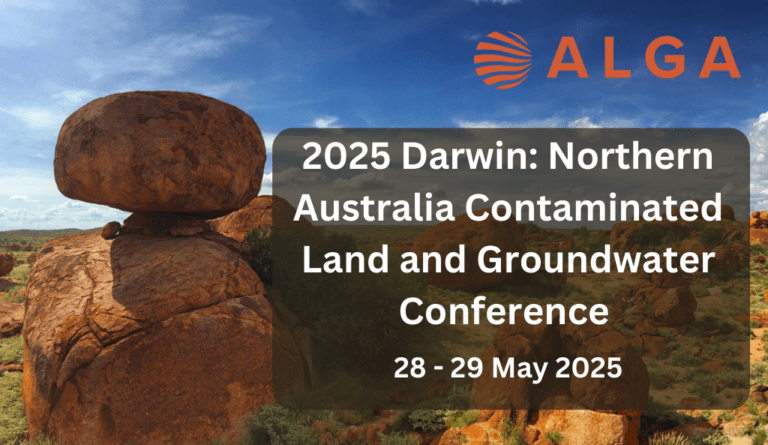The Department of Environment adopted the National Health and Medical Research Council (NHMRC) Guidelines for Managing Risks in Recreational Waters (NHMRC 2008), Climate Change and Water (DECCW) to enforce the protection of human health. Human health protection is spearheaded through a risk prevention approach which entails assessment, management, and reduction of risks which poses a threat to recreational waters. The new guidelines represent a revision to the Australian Water Quality Guidelines for Fresh and Marine Waters (ANZECC 1992) and the Australian Guidelines for the use of Recreational Water (NHMRC 1990). The new guidelines categorize recreational water as either “Very Good” or “Very Poor” depending on the microbial assessment and sanitary inspection.
The guidelines present reporting protocols for monitoring and reporting by Beachwatch Programs. It requires assessment to determine suitability for swimming based on the threat to human health. Factors considered include physical hazards, microbial quality, pH, aesthetic aspects, dissolved oxygen, sun, heat and cold water temperature, chemical hazards, dangerous aquatic organisms, cyanobacteria and algae in coastal and estuarine waters, and cyanobacteria and algae in coastal and estuarine waters. These factors have specific metrics which should be adhered to, for instance, pH needs to be between 6.5 and 8.5, dissolved oxygen be greater than 80%, and temperatures range between 16-34°C.
Recreational water guidelines are essential as they protect human health as people engage in activities such as swimming and boating, and thus facilitates relaxation, rest and exercise. It provides a coherent approach to the management of recreational waters in the country, which is used to enforce the desired legislation and standards for water use. Consequently, it serves to maintain the aesthetic appeal of recreational waters. Additionally, the guidelines support economic activities which rely on recreational water bodies.
Information on Managing Risk in Recreational Water 2008 in Australia, can be found on the excellent resource page, environmental standards and guidelines, at esdat.net. Environmental Standards are available for air, water and soil for the United States, Canada, Australia, New Zealand, United Kingdom, Holland and from the World Health Organization.
Reference
Austalian Government, (2008). Guidelines for managing risk in recreation water. Canberra, ACT: National Health and Medical Research Council.






